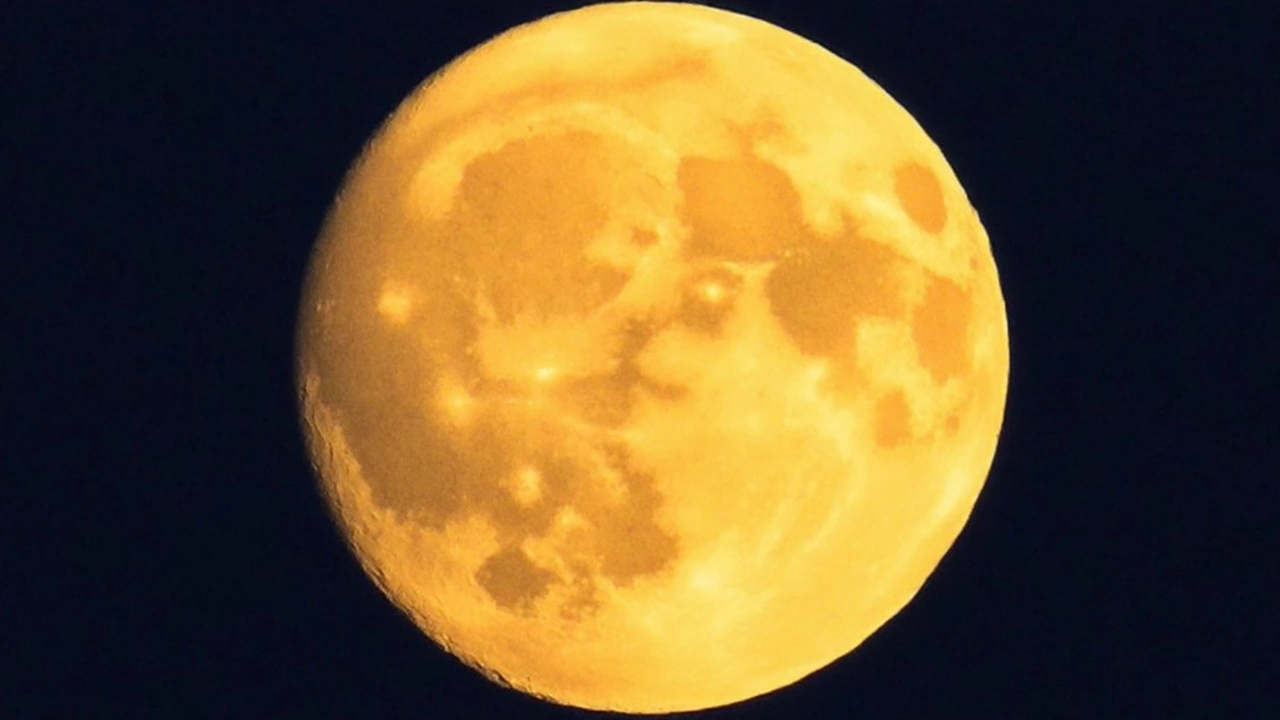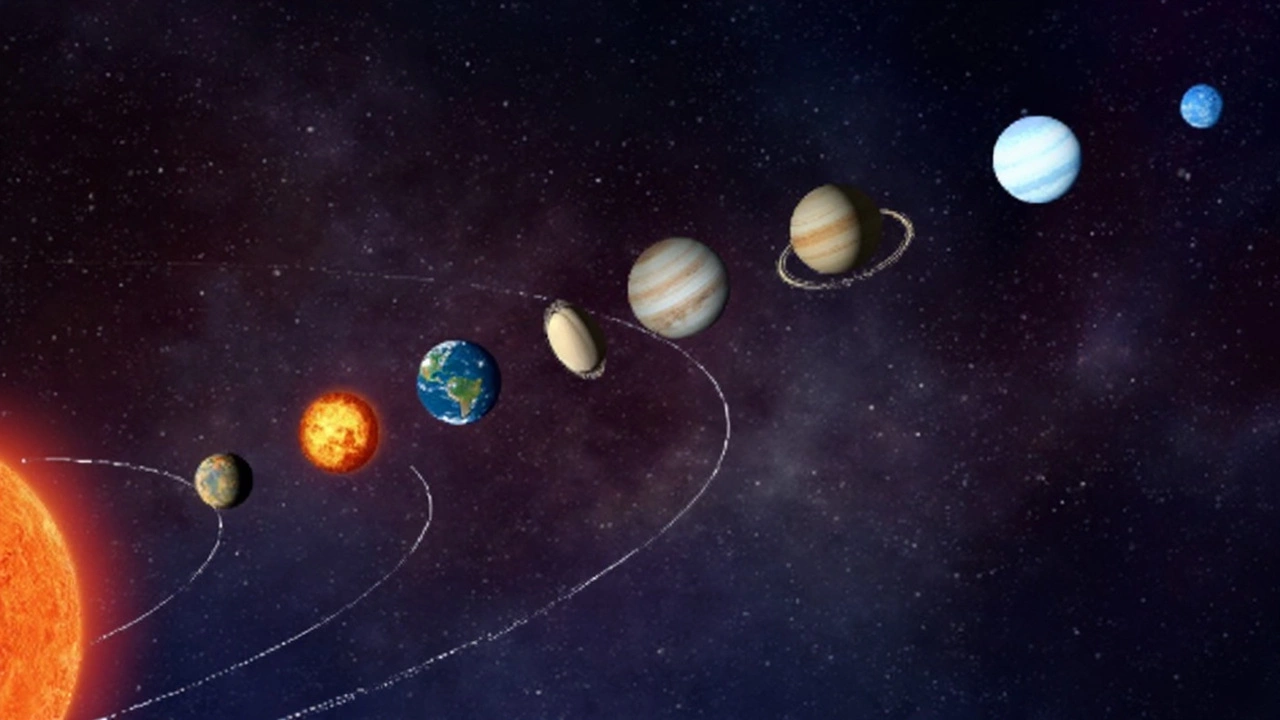The Rhythm of the 2025 Full Moon Calendar
Every full moon in 2025 comes with a story, tied to the way people have watched, named, and celebrated the night sky for centuries. You don’t just get a bright light in the sky—each month’s full moon comes loaded with its own name, a splash of cultural meaning, and sometimes, a bit of rare astronomical drama.
Starting on January 13th, the Wolf Moon kicks off the lunar year. Folks in the northern hemisphere gave it this name ages ago, thanks to the haunting howls of wolves echoing through winter nights. By February 12th, you get the Snow Moon, a nod to the deep, snowy stretches of late winter—though some called it the Hunger Moon, when food ran low.
Fast forward to March 14th, and you have the Worm Moon. Its name isn’t random; it marks the stir of life as earthworms emerge from thawing ground. This particular full moon stands out for another reason—a total lunar eclipse, when Earth’s shadow will paint the moon red for a short time. For the Anishinabe people, it’s the Maple Sugar Moon, timing with the sweet harvest season. That’s a perfect reminder of how full moon names shift around the world, reflecting what really mattered to different communities.
As April draws in, the Pink Moon lights up the 13th. Don’t expect to see a bubblegum-colored moon, though—the name celebrates wild pink phlox blooming early in spring. The Cree call it the Frog Moon, marking the return of amphibious chatter. May follows with the Flower Moon, a nod to blossoming landscapes, while some Huron people see it as the Budding Moon, a time of green potential.
June 11th belongs to the Strawberry Moon, signaling the short but sweet berry harvest. When July 10th swings around, attention shifts to animals with the Buck Moon, as deer show off fresh antlers. Come August 9th, the Sturgeon Moon rises, named after the fish that fill rivers at this time. Others call it the Green Corn Moon, watching cornfields start to ripen.
September’s Corn Moon (the 7th) means harvest time, while October 7th features the celebrated Harvest Moon—a supermoon, appearing larger and brighter, helping farmers bring in their crops by night. And here’s where it gets juicy: the last three full moons (October, November, and December) are all supermoons, pulling the moon closer than usual in its orbit and making it impossible to miss, even for casual skywatchers.
November 5th is the Beaver Moon, connected to early fur trapping traditions and beavers hustling to secure their homes for winter. December 4th gives us the Cold Moon—another supermoon—ushering in the darkness and chill of the coldest months.

Why Do These Names Matter?
Full moon names aren’t just fun trivia—they carry the memory of real challenges and joys, from hunting and planting to harvesting and preparing for hard times. Indigenous calendars, like those of the Anishinabe and Cree, blend in seamlessly with these traditions, tracking nature’s real cycles, from maple sap runs to frog choruses and fish migrations. These stories co-exist right alongside European traditions, showing just how universal—and personal—the night sky is.
The astrological side gives each full moon its zodiac partner, supposedly nudging us toward focus on everything from relationships (Cancer’s Wolf Moon) to health (Virgo’s Worm Moon) or career and structure (Capricorn’s Buck Moon). Whether you buy into that or just like an extra excuse to look up, these details add extra flavor to an already loaded calendar.
- Supermoon Watch: October, November, and December deliver bigger, brighter moons—worth setting a reminder for if clear skies are in the forecast.
- Lunar Eclipse Alert: March 14th brings a total lunar eclipse, casting a dramatic shadow across the Worm Moon (or Maple Sugar Moon).
- Nature’s Calendar: Indigenous names, from Maple Sugar Moon to Frog Moon, keep us tuned in to cycles of planting, migration, and change long before the weather app took over.
2025’s full moons aren’t just monthly timekeepers. They’re reminders of how closely our ancestors watched every shift in the sky—and how those cosmic events, year after year, still shape our celebrations, traditions, and connection to the natural world.
